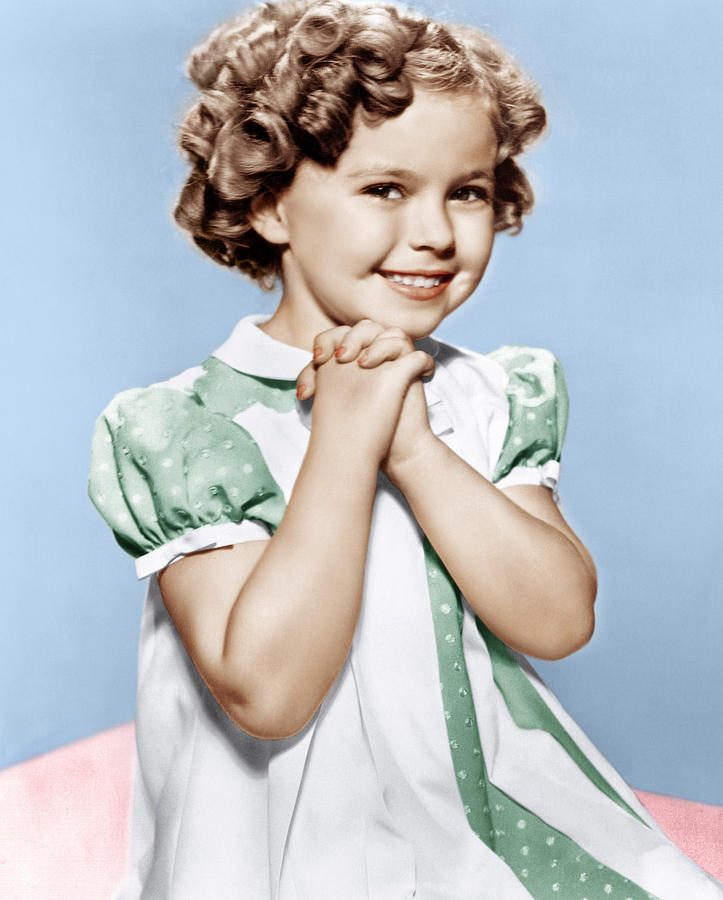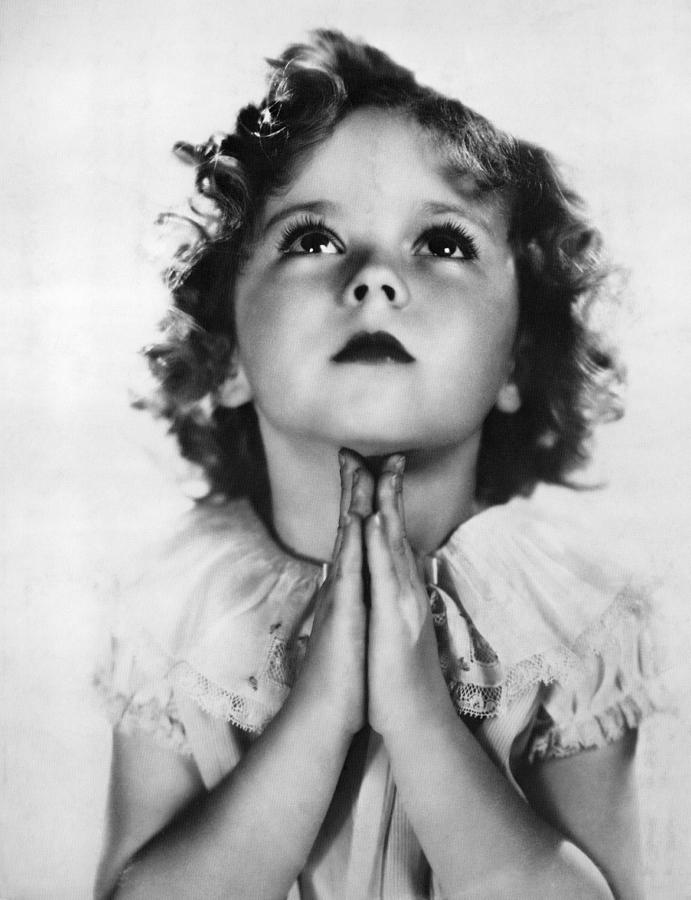
Probably the most famous child star of all time, Shirley Temple, has passed away at the age of 85.
Obituary: Shirley Temple
Shirley Temple, who has died aged 85, was
that rare example of a Hollywood child star who, when the cameras stopped
rolling, carved out a new career.
With her ringlets, dimples and precocious
talent, America's "Little Princess", charmed audiences during the
1930s Depression. For four years, she was Hollywood's biggest
box-office star representing the kind of sweet, innocent girl everyone wanted
as their daughter. And after a period of domesticity she
re-emerged as a successful businesswoman and politician.
Shirley Temple was born in Santa Monica,
California on 23 April 1928. Encouraged by her mother she learned to
dance while she was still a toddler and was enrolled in a Los Angeles dance
school when she was just three. This led to her being signed up by a talent
spotter for Educational Pictures which promptly featured her in a series of
one-reelers entitled Baby Burlesques. Temple later described them as "a
cynical exploitation of our childish innocence that occasionally were racist or
sexist".

When Educational went bust in 1933, she
signed up with Fox Film Corporation, first appearing in a number of bit parts. In 1934, Stand Up and Cheer became her
first feature film and she stole the show with her rendition of Baby Take a
Bow. Her box office potential was obvious and at
the age of six she was earning $1,250 a week; more than $21,000 at today's
values. Her income from her films was doubled by
sales of merchandise, including Shirley Temple dolls and a host of girls'
clothes and accessories.
Across the world, audiences flocked to see
her in films such as Little Miss Marker, The Little Colonel and The Littlest
Rebel. Everyone sang along to her songs,
especially On the Good Ship Lollipop, which appeared in the film Bright Eyes. In 1935 she was awarded a special juvenile
Oscar and her foot and hand prints were added to those of stars such as Jean
Harlow and Mary Pickford outside Grauman's Chinese Theatre in Hollywood.
By the age of 10, Temple was the country's
top box office draw. President Roosevelt even credited her with helping to
raise American morale during the trials of the Great Depression.
Her own assessment of this period is
somewhat different. "I class myself with Rin Tin Tin," she once said,
referring to the canine star. "They fell in love with a dog and a little
girl."
Goodness always triumphed over evil in her
plots which were often based on traditional fairy stories.
As she got older her character was altered
slightly as the fresh-faced little six-year-old turned into a pre-adolescent.
The studio, aware that time was not on
their side, began to invest more money in her films which, certainly in the
early days, had been made on a tight budget. Directors of the stature of John Ford were
hired and his collaboration with her, Wee Willie Winkie, remained Temple's
favourite.
The peak of her film career came in 1939
when The Little Princess, her first outing in Technicolor, became a critical
and box office success. It was loosely based on the novel by Frances Hodgson
Burnett, about a girl who is left in a boarding school while her father goes off
to fight in the Boer War.

Not everyone was enamoured. The author
Graham Greene said she was just too nubile for a nine year old.
In a magazine article he accused
"middle aged men and clergymen" of finding it acceptable to respond
to her "desirable little body" because "the safety curtain of
story and dialogue drops between their intelligence and desire".The studio and Temple successfully sued for
libel.
Fox turned down a huge offer from MGM for
her to play Dorothy in The Wizard of Oz, the role went to Judy Garland, and instead
cast her in Susannah of the Mounties. The film did not go down well with
audiences and neither did her two follow ups in 1940. At the age of 12, Temple's star had finally
burnt out: her parents bought out the remainder of her contract and sent her to
an exclusive girls' school.
An attempted comeback with MGM in 1941 came
to nothing. She made two films for David O Selznick during World War Two but he
was not interested in seeing her develop.
She had become typecast as the sweet
six-year-old and Selznick suggested she move abroad, change her name and
develop her acting skills.
In 1945 she married John Agar, an army
physical training instructor, and had a daughter but the union lasted only four
years. Although Temple appeared from time to time
on television, she retired from films in 1950.
Charles Black, a wealthy San Francisco
businessman, became her second husband, and she disappeared from the limelight
for nearly 20 years. When she returned to the public eye in
1967, it was as Shirley Temple Black, Republican candidate for Congress.
Following her defeat in this election,
Temple Black continued to work for the party, even travelling to Europe the
following year to rally support for Richard Nixon. In 1972 she was diagnosed with breast
cancer and became one of the first high profile women to talk openly about the
disease. She
emerged on the political stage as a supporter of Richard Nixon. When he became president, Nixon rewarded
her with an appointment to the American delegation to the United Nations. Then,
in 1974, President Ford appointed her the United States Ambassador to Ghana. She fell out of favour with Ronald Reagan,
with whom she had once appeared in a film called That Hagen Girl, but his
successor, George Bush Snr, appointed her Ambassador to Czechoslovakia.
An outspoken opponent of racial
discrimination, she quickly gained popularity and a reputation for hard work,
charm and an unorthodox way of working. In July 1976, she became the first woman
Chief of Protocol at the White House with the rank of Ambassador, but left
office six months later, when Jimmy Carter became president.
The veteran of some 43 films later rued
some lost aspects of her childhood.
"I stopped believing in Santa Claus at
the age of six when my mother took me to see him in a store and he asked for my
autograph." And she drew a line between her childhood
stardom and her later political career.
"Some people are stuck on this image
of the little girl," she once said. "She is not me. We shouldn't live
in the past; my life is now."



No comments:
Post a Comment